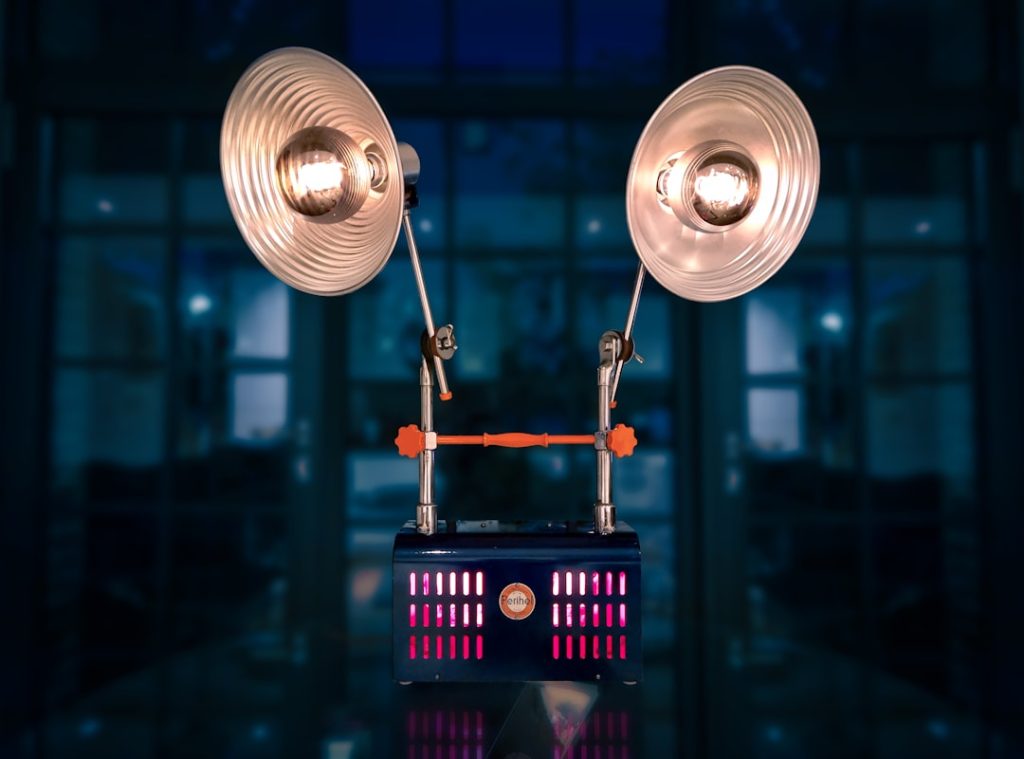Maintaining appropriate warmth for chickens in a classroom environment is crucial for their health and welfare. Chickens kept as classroom pets require a safe and comfortable habitat to flourish. In regions with colder temperatures, providing adequate warmth is particularly important to prevent illness and reduce stress in chickens.
This article examines several methods for keeping classroom chickens warm, including:
1. Understanding the temperature requirements of chickens
2. Providing suitable bedding and nesting materials
3.
Utilizing heat lamps or heating pads
4. Insulating the chicken coop or enclosure
5. Regularly monitoring and adjusting temperature as necessary
By implementing these strategies, educators can ensure the well-being and comfort of their classroom chickens during colder periods.
Proper temperature management contributes to the overall health and happiness of these avian pets, enhancing their role as educational resources in the classroom setting.
Table of Contents
- 1 Understanding the Temperature Needs of Chickens
- 2 Providing Adequate Bedding and Nesting Areas
- 3 Using Heat Lamps or Heating Pads
- 4 Insulating the Chicken Coop or Enclosure
- 5 Monitoring and Adjusting Temperature as Needed
- 6 Conclusion and Additional Tips for Keeping Chickens Warm in a Classroom
- 7 FAQs
- 7.1 What are some ways to keep chickens warm in a classroom?
- 7.2 What temperature should a classroom be kept at for chickens?
- 7.3 Are there any specific breeds of chickens that are better suited for being kept in a classroom?
- 7.4 What should be included in a classroom coop to keep chickens warm?
- 7.5 Are there any potential hazards to be aware of when keeping chickens warm in a classroom?
Key Takeaways
- Keeping chickens warm in a classroom requires understanding their temperature needs and providing adequate bedding and nesting areas.
- Heat lamps or heating pads can be used to provide additional warmth, but caution must be taken to prevent fire hazards.
- Insulating the chicken coop or enclosure can help maintain a comfortable temperature for the chickens.
- It is important to monitor and adjust the temperature as needed to ensure the chickens are comfortable and healthy.
- Additional tips for keeping chickens warm in a classroom include providing proper ventilation and avoiding drafts, as well as considering the breed and age of the chickens.
Understanding the Temperature Needs of Chickens
Temperature Monitoring is Key
It is essential to monitor the temperature in the chicken coop or enclosure regularly to ensure that it remains within the appropriate range. Understanding the temperature needs of chickens is crucial for creating a suitable environment for them to thrive in a classroom setting. Chickens are sensitive to extreme temperatures, both hot and cold.
The Risks of Cold Weather
In cold weather, chickens may experience stress, reduced egg production, and even frostbite if not provided with adequate warmth. It is important to consider the specific breed of chickens being kept in the classroom, as some breeds are more cold-hardy than others.
Meeting the Needs of Your Classroom Chickens
By understanding the temperature needs of chickens and their individual breed characteristics, educators can make informed decisions about how to best keep their classroom chickens warm and comfortable.
Providing Adequate Bedding and Nesting Areas

Adequate bedding and nesting areas are essential for keeping chickens warm in a classroom setting. Bedding materials such as straw, wood shavings, or shredded paper provide insulation and help retain heat in the coop. Nesting boxes should be filled with clean, dry bedding to provide a comfortable and warm space for hens to lay their eggs.
It is important to regularly clean and replace bedding to maintain a healthy environment for the chickens. In addition to providing suitable bedding, ensuring that the coop or enclosure is draft-free is crucial for keeping chickens warm. Drafts can significantly lower the temperature inside the coop and make it difficult for chickens to stay warm.
Sealing any gaps or cracks in the walls and windows can help prevent drafts and maintain a comfortable temperature for the chickens. By providing adequate bedding and nesting areas and minimizing drafts, educators can create a cozy environment for their classroom chickens.
Using Heat Lamps or Heating Pads
Heat lamps or heating pads can be used to provide additional warmth for classroom chickens during colder months. Heat lamps should be installed at a safe distance from the chickens to prevent any risk of fire or injury. It is important to use heat lamps specifically designed for use with animals and to follow manufacturer guidelines for installation and operation.
Heating pads placed under the bedding can also provide a gentle source of warmth for the chickens. When using heat lamps or heating pads, it is essential to monitor the temperature in the coop regularly to ensure that it remains within the appropriate range. Overheating can be just as harmful as cold temperatures for chickens, so it is important to use these heating devices cautiously and make adjustments as needed.
By using heat lamps or heating pads responsibly, educators can provide additional warmth for their classroom chickens without compromising their safety.
Insulating the Chicken Coop or Enclosure
Insulating the chicken coop or enclosure is an effective way to retain heat and keep chickens warm in a classroom setting. Insulation materials such as foam board or reflective insulation can be used to line the walls and ceiling of the coop, helping to trap heat inside. It is important to ensure that the insulation materials are non-toxic and safe for use around animals.
In addition to insulating the walls and ceiling, providing a solid floor in the coop can help prevent cold air from seeping in from below. A layer of insulation material such as straw or foam board can be placed under the bedding to further insulate the coop floor. By insulating the chicken coop or enclosure, educators can create a cozy and warm environment for their classroom chickens to thrive in during colder months.
Monitoring and Adjusting Temperature as Needed

Temperature Monitoring
Monitoring and adjusting the temperature in the chicken coop or enclosure is essential for keeping classroom chickens warm and comfortable. Using a thermometer to regularly check the temperature inside the coop can help educators ensure that it remains within the appropriate range.
Recognizing Signs of Discomfort
It is important to observe the behavior of the chickens as well, as they will often indicate whether they are too hot or too cold. Signs of overheating may include panting, holding their wings away from their bodies, or seeking out cooler areas in the coop. On the other hand, signs of being too cold may include huddling together, fluffing up their feathers, or shivering.
Making Informed Decisions
By monitoring the temperature and observing the behavior of the chickens, educators can make informed decisions about how to best keep them warm and comfortable in a classroom setting. If the temperature drops below the recommended range, adjustments such as increasing bedding, adding heat lamps, or insulating the coop further may be necessary.
Conclusion and Additional Tips for Keeping Chickens Warm in a Classroom
In conclusion, keeping chickens warm in a classroom setting requires careful consideration of their temperature needs and implementing appropriate strategies to provide warmth and comfort. Understanding the temperature needs of chickens, providing adequate bedding and nesting areas, using heat lamps or heating pads, insulating the chicken coop or enclosure, and monitoring and adjusting temperature as needed are all essential for creating a suitable environment for classroom chickens to thrive. In addition to these strategies, there are several additional tips for keeping chickens warm in a classroom setting.
Providing access to fresh water at all times is crucial, as chickens require water to regulate their body temperature. Feeding a balanced diet rich in nutrients can also help support chickens’ overall health and resilience to cold temperatures. Finally, ensuring that the coop or enclosure is well-ventilated while minimizing drafts is important for maintaining a healthy environment for classroom chickens.
By implementing these strategies and tips, educators can create a warm and comfortable environment for their classroom chickens to thrive in during colder months. With proper care and attention to their temperature needs, classroom chickens can continue to be happy and healthy pets for students to learn from and enjoy.
If you’re interested in learning more about how to care for goslings, check out this article on Poultry Wizard. It provides valuable information on how to properly care for and raise goslings, which can be a great addition to a classroom or educational environment.
FAQs
What are some ways to keep chickens warm in a classroom?
Some ways to keep chickens warm in a classroom include using heat lamps, heating pads, insulated coop bedding, and ensuring the coop is draft-free.
What temperature should a classroom be kept at for chickens?
Chickens should be kept in a classroom at a temperature of around 70-75 degrees Fahrenheit to ensure they stay warm and comfortable.
Are there any specific breeds of chickens that are better suited for being kept in a classroom?
Bantam breeds of chickens, such as Silkies or Seramas, are often better suited for being kept in a classroom due to their smaller size and calmer demeanor.
What should be included in a classroom coop to keep chickens warm?
A classroom coop should include a heat source such as a heat lamp or heating pad, insulated bedding, and draft-proofing to keep the chickens warm.
Are there any potential hazards to be aware of when keeping chickens warm in a classroom?
Potential hazards to be aware of when keeping chickens warm in a classroom include fire hazards from heat lamps, overheating, and ensuring proper ventilation to prevent respiratory issues.
Meet Walter, the feathered-friend fanatic of Florida! Nestled in the sunshine state, Walter struts through life with his feathered companions, clucking his way to happiness. With a coop that’s fancier than a five-star hotel, he’s the Don Juan of the chicken world. When he’s not teaching his hens to do the cha-cha, you’ll find him in a heated debate with his prized rooster, Sir Clucks-a-Lot. Walter’s poultry passion is no yolk; he’s the sunny-side-up guy you never knew you needed in your flock of friends!







